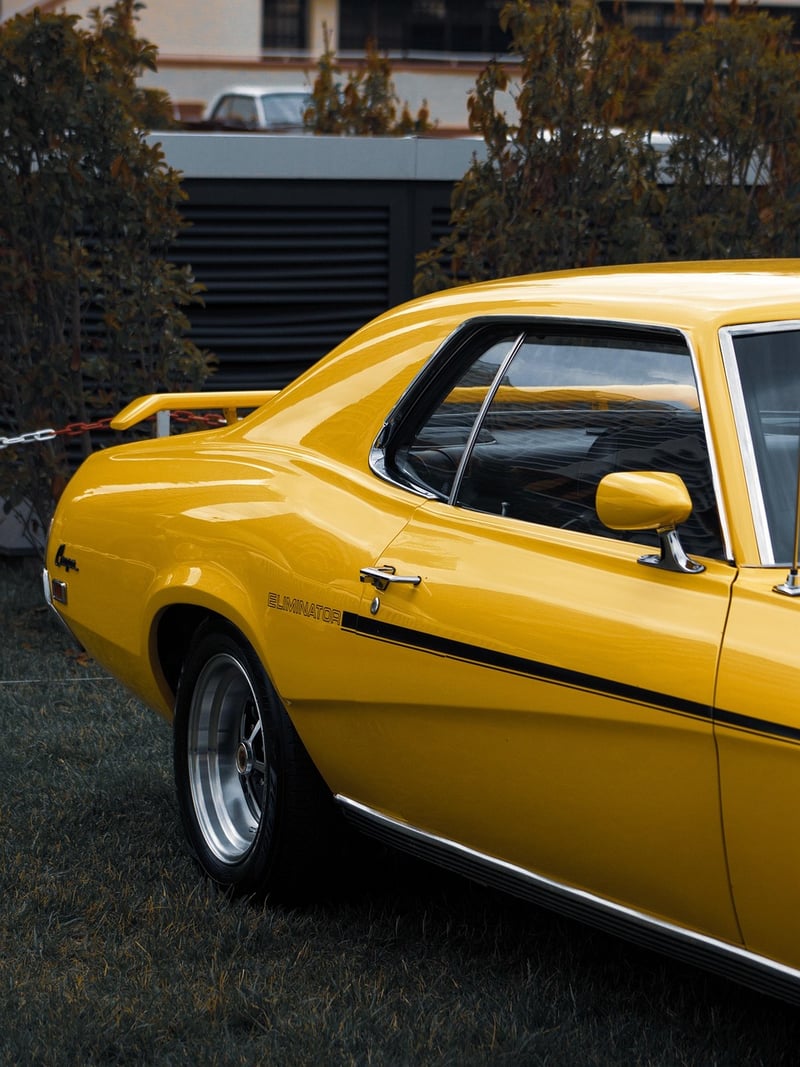Temporal Vehicles
Mechanisms for Time Travel and Temporal Vehicles
Time travel has long been a fascinating concept in science fiction, capturing the imagination of many. While time travel remains a theoretical concept in reality, various mechanisms have been proposed in literature and movies to explain how it could potentially work. Let's explore some of these mechanisms and delve into the concept of temporal vehicles.
Wormholes
One popular mechanism for time travel involves the concept of wormholes. Wormholes are hypothetical tunnels in spacetime that connect two separate points. By traversing through a wormhole, one could potentially travel to a different point in time as well as space.

Time Machines
Another common concept is the time machine, a device that allows an individual to travel backward or forward in time. The idea of a time machine was popularized by H.G. Wells in his novel "The Time Machine." While no functioning time machine exists, the theoretical concept involves manipulating spacetime to create closed timelike curves.

Temporal Vehicles
Temporal vehicles are a recurring theme in science fiction, representing vehicles capable of traveling through time. From DeLoreans in "Back to the Future" to the TARDIS in "Doctor Who," these vehicles often serve as the means for characters to embark on temporal adventures.
DeLorean Time Machine
One of the most iconic temporal vehicles is the DeLorean time machine from the "Back to the Future" film series. Driven by Doc Brown and Marty McFly, this stainless-steel car equipped with a flux capacitor became synonymous with time travel in popular culture.

TARDIS
In the long-running series "Doctor Who," the TARDIS (Time and Relative Dimension in Space) is a time machine and spacecraft used by the Doctor to travel through time and space. Despite its outward appearance as a British police box, the TARDIS is much larger on the inside, housing various rooms and advanced technology.

While time travel and temporal vehicles remain fictional concepts, they continue to spark creativity and wonder in audiences worldwide, inviting us to explore the possibilities of the unknown.
